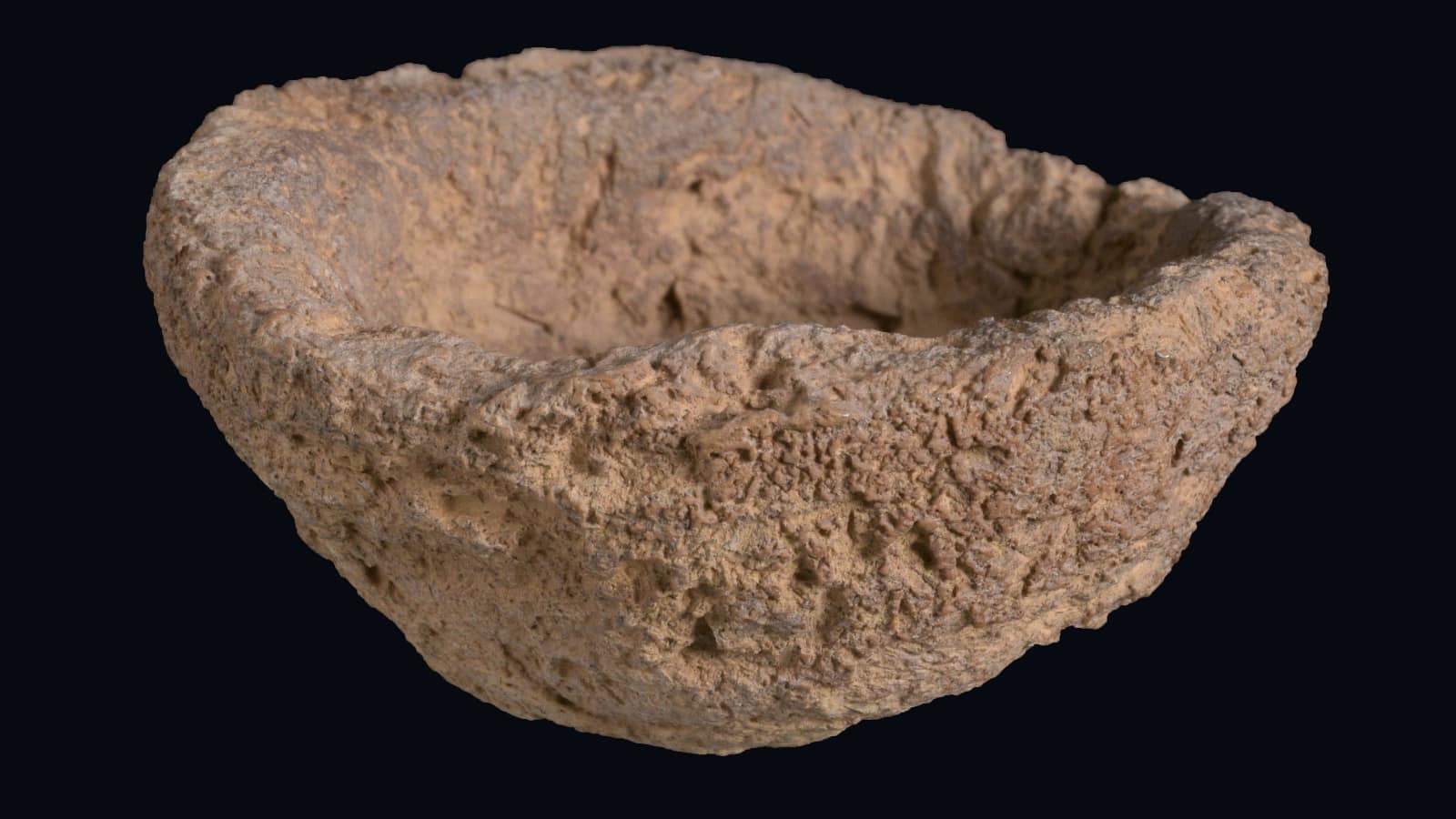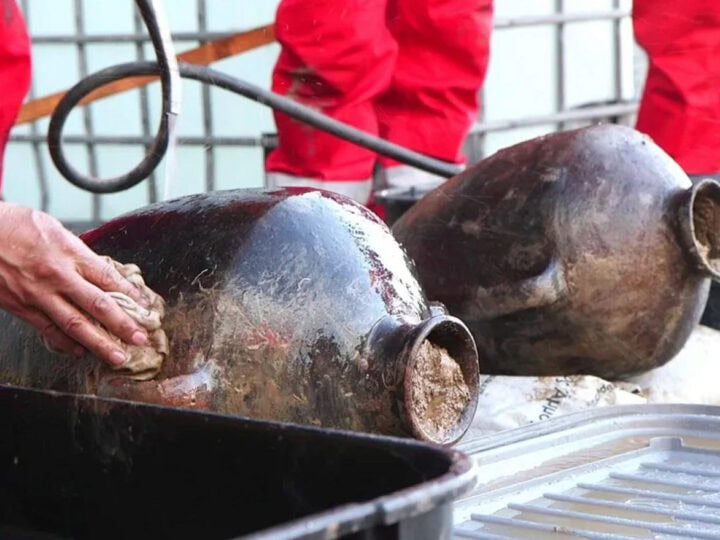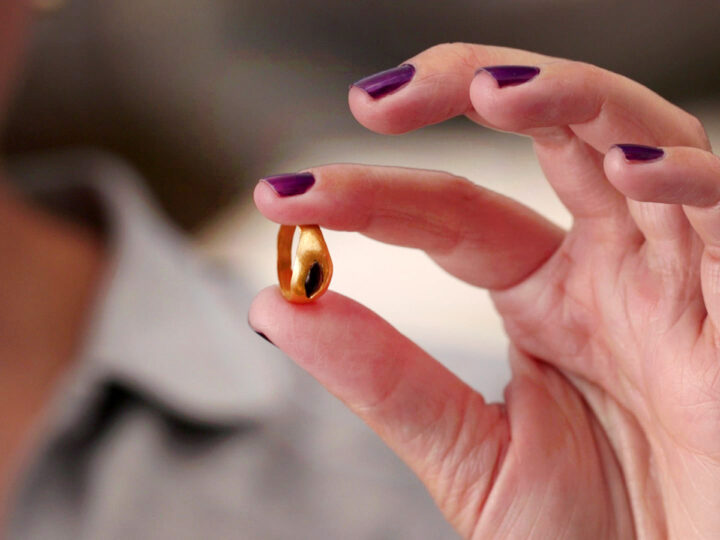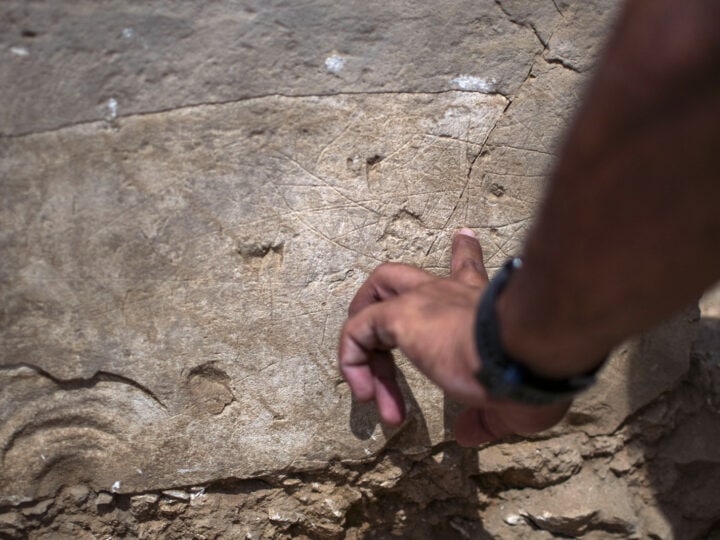A collection of broken rattles found by a roadside in southern Israel were probably used for magic rituals by Muslim pilgrims heading to Mecca.
Experts believe the cache of 60 clay fragments, together with human figurines and incense burners, belonged to professional sorcerers, who would sell their services, warding off the evil eye and healing the sick.
The items were found in the mountains of Eilat, where the 1,000-mile Pilgrimage Road (Darb el-Haj, in Arabic) from Cairo to Mecca passes through Israel’s southern tip.
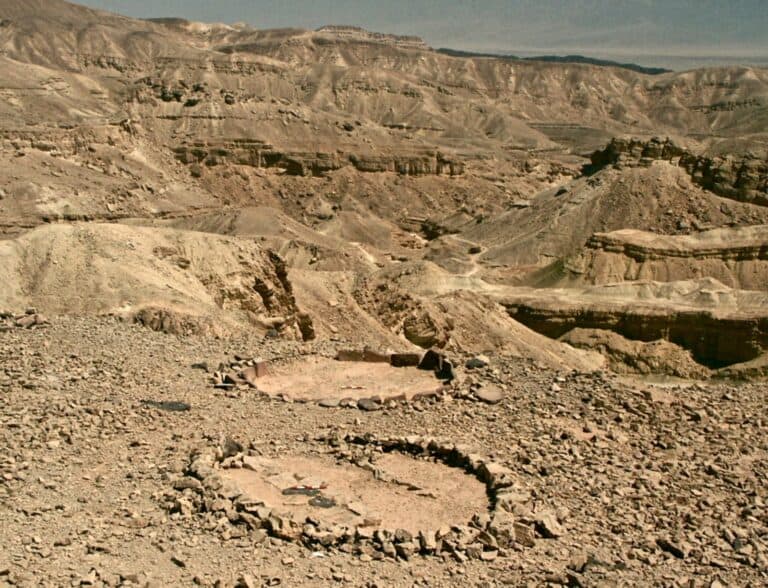
They were first discovered by a resident there in the late 1990s and are believed to be 400 years old, although the route was actually in use for 1,200 years, until the 19th century. Analysis of the clay indicates they originated in Egypt.
Pilgrims would engage in magic rituals, in addition to their mainstream religious practices, as they stopped overnight on their long trek to and from Islam’s holiest site.
“This discovery reveals that people in the Early Ottoman Period – just as today – consulted popular sorcerers, alongside the formal belief in the official religion,” said the team of researchers, who have published their findings in the Journal of Material Cultures in the Muslim World.
They say odd rattles found at archeological sites elsewhere in Israel may well be nothing more than children’s toys, but in this case “the rattles’ context, quantity, and the peculiar nature of the group, in our opinion, leave very little doubt that they were used by an individual(s) engaging in magic.”
The clay globe-shaped rattles, about the size of a table tennis ball, were made of two hemispheres joined together. Inside were small stones that sounded when the rattle was shaken. They were likely deliberately broken during the ceremony, which would explain why none was found intact.
Other items found at the same site include quartz pebbles and a figurine of a naked woman or goddess with raised hands, a pose characteristic of deities or priests.
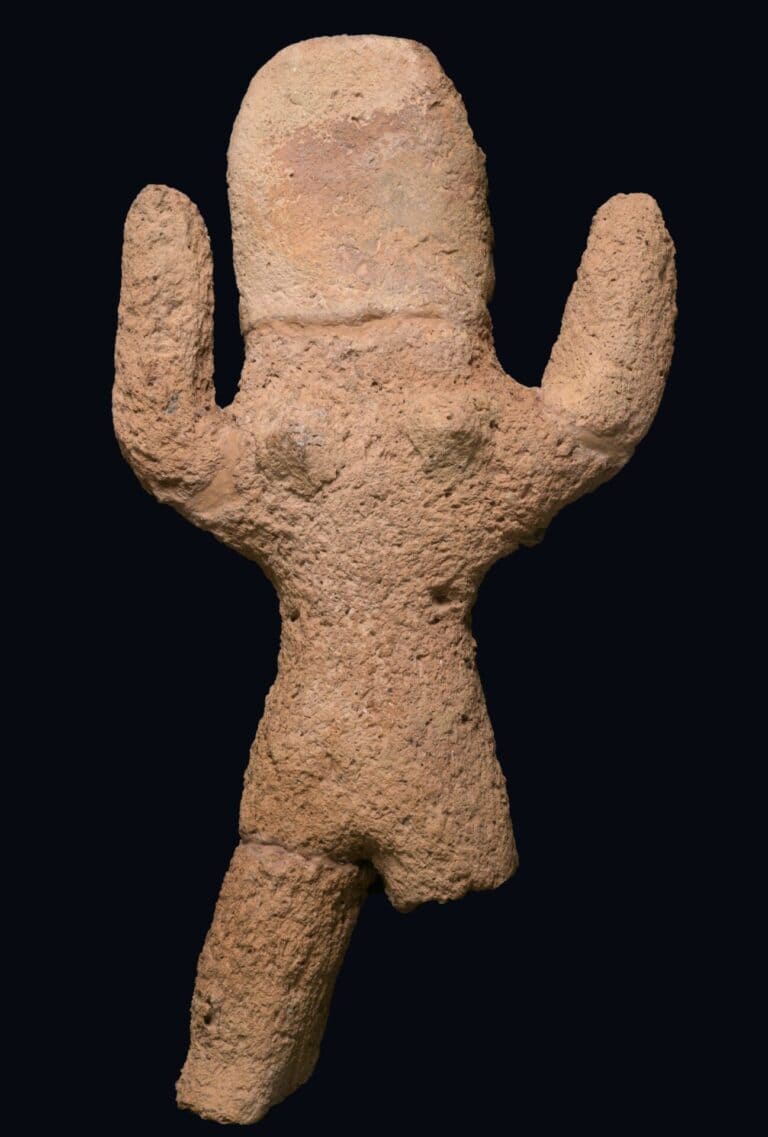
That, in addition to several miniature incense altars used for making vows, supports the theory that this was a temporary stopover for pilgrims to take part in extracurricular magic ceremonies.
The remnants were researched by Itamar Taxel of the Israel Antiquities Authority, Uzi Avner of the Dead Sea & Arava Science Center and Nitzan Amitai-Preiss of the Hebrew University of Jerusalem.
They say it’s the first time such a large collection of such ritual objects has been found.
“From the literary sources, we know that there was a demand for magical rituals among people from different strands of society,” they said.
“Such rituals were carried out daily alongside the formal religious rituals—including in the Muslim world—and it is probable that the pilgrims making their way to the holy cities of Mecca and Medina were no exception.”
The Darb el-Haj road and adjacent archeological sites, where the rattles were found, will be opened for tourists and educational activities.




